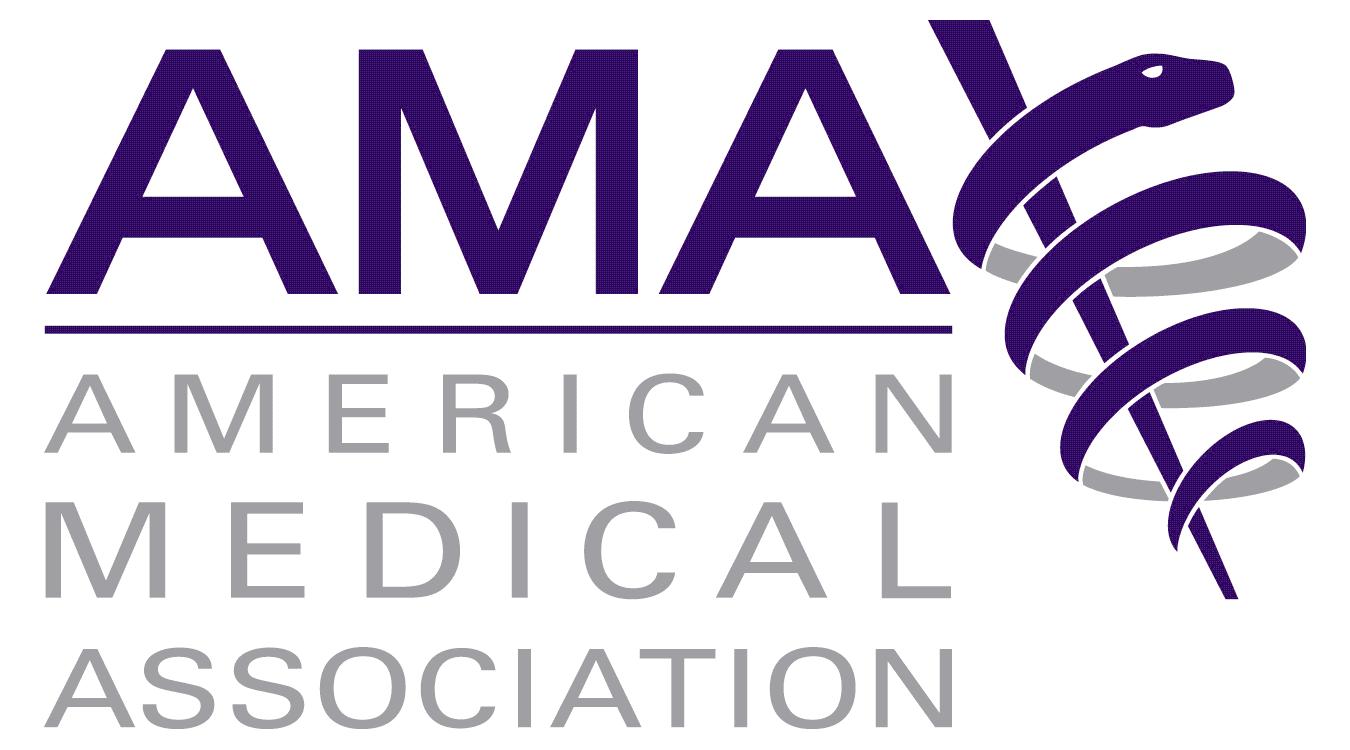You are looking at an archived version of our site. Please visit thepcc.org for a fresh, new experience!
You are here: Array » Med schools start pict ...
Med schools start picturing their place in a medical home world
As the health care system shifts toward a more patient-centered and outcomes-based approach, more medical schools and residency programs are exploring how to train the next generation of physicians to practice in the medical home model.
For many programs, the shift is causing them to rethink traditional medical education, including decisions about how, where and with whom they train students. Several schools either are testing new instructional models or are revamping their curricula to educate trainees on the medical home concept.
“Everybody is starting to look at this,” said Joanne Conroy, MD, chief health care officer with the Assn. of American Medical Colleges. “We believe this is a great vehicle to train medical students in a different way, and to really attract more students who are interested in primary care.”
Education on the medical home model needs to address several core principles, according to a 2010 report by the American Academy of Family Physicians, the American Academy of Pediatrics, the American College of Physicians and the American Osteopathic Assn. Students need to understand patient-centered care, teamwork, performance improvement and population-based care. They also must think about maximizing access through nontraditional care methods, the report said.

Recent News
August 16, 2024
August 12, 2024
July 16, 2024
May webinar highlights: “The Commercial Market: Alternative Payment Models for Primary Care” Nate Murray explains w… https://t.co/KX9Wi2w6oY —
2 years 5 months ago
@CMSinnovates’ primary care strategy is rooted in a 2021 @theNASEM’s report which called #primarycare “foundational… https://t.co/glbPxvCysg —
2 years 5 months ago
@CMSinnovates has a new #primarycare strategy, envisioning “ACO-based primary care model tests that may focus on pr… https://t.co/aJGF1z411l —
2 years 5 months ago
- Page 1
- ››
Secondary menu
Copyright © 2024 Primary Care Collaborative



